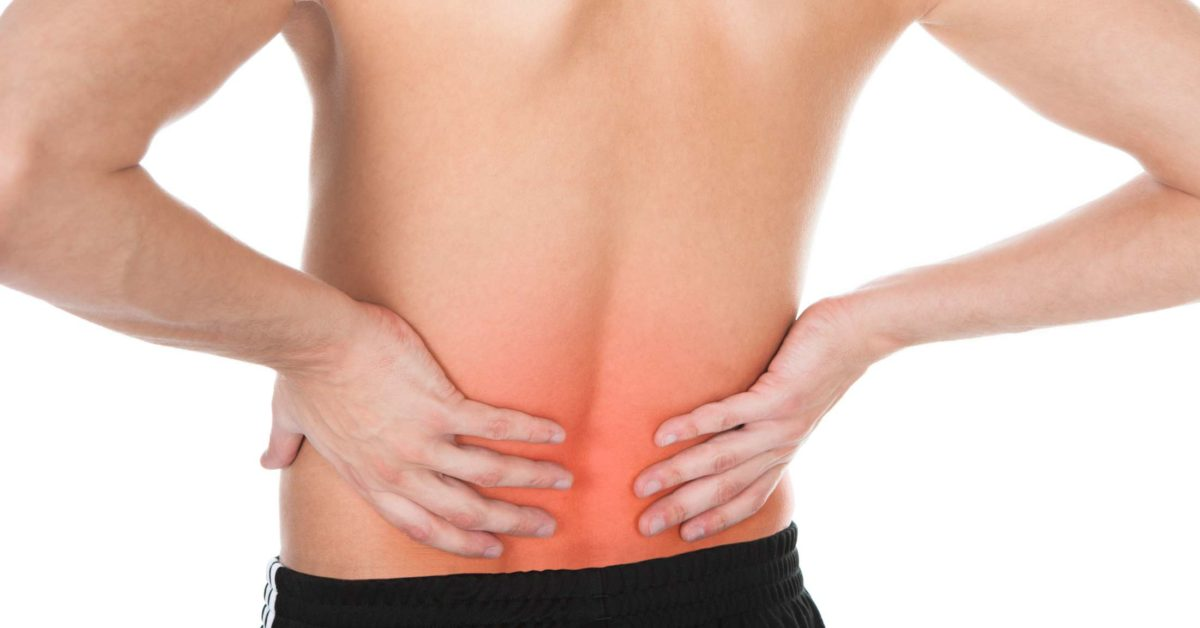The symptoms and causes of chronic muscular pain are many and varied. It can be due to an injury or overuse. It can be associated with infections such
The symptoms and causes of chronic muscular pain are many and varied. It can be due to an injury or overuse. It can be associated with infections such as the flu, Lyme disease, or vitamin and mineral deficiency. Some drugs, such as statins, may also be to blame for muscle pain. In this article, we will look at the common causes and remedies for muscle pain and the possible causes of muscle pain.
Trigger points
What are the trigger points? Trigger points are small, tightly compressed areas of muscle that are painful when stimulated or disturbed by movement. Trigger points are distinguished from whole-muscle stretches because they block the blood supply, further irritate the muscles, and result in a metabolic crisis, sometimes called “sick muscle syndrome”. Moreover, trigger points can cause pain due to sensory disturbances or peripheral nerves.
People with trigger points may experience numbness, tingling, or both. Affected limbs may also feel heavy or weak. Trigger points often develop in response to extremes of temperature and exercise and can spread to other parts of the body. Trigger point pain can be temporary, and Pain O Soma medication can relieve your pain. However, this is not a cure for chronic muscle pain.
Arthritis
While arthritis may be painful, there are ways to manage and prevent it. While the symptoms of arthritis can be managed with Pain O Soma 350mg other medications, the disease may require more extensive medical attention. However, home remedies for arthritis are also viable and may help you get relief from the pain. If you are suffering from chronic muscle pain and are considering a natural remedy for arthritis, talk to your health care provider. Delays in diagnosis or treatment can lead to further complications and worsening of the condition.
During an initial visit, a physician will perform a physical exam to diagnose arthritis. He will check for signs of arthritis, including fluid in the joints, warmth, redness, and range of motion in the joints. He may also recommend further testing by a rheumatologist if necessary. A rheumatologist will be able to diagnose the disease more accurately and efficiently.
Peripheral artery disease
Symptoms of peripheral artery disease vary from person to person. Most suffer from mild symptoms that go away when resting. However, others experience pain and cramping in the calf or legs. Pain and cramping usually disappear after a few minutes of rest. The location of claudication also varies, with calf pain being the most common. Depending on the severity, it can range from mild discomfort to excruciating pain. In severe cases, the pain can be debilitating, making walking difficult.
Exercise is the most effective treatment for peripheral artery disease. According to research published in the journal Circulation, regular physical activity is the best way to alleviate symptoms. A physician may recommend an exercise program or supervise supervised exercise. Some patients may have to begin slowly and gradually. Even a walking program can lead to reduced symptoms within four to eight weeks. However, this isn’t a cure for chronic muscle pain.
Common medicines
While there are many types of chronic pain medications, non-opioid drugs are most often prescribed to treat this condition. Non-opioid medications include Pain O Soma 500mg and antidepressants. Like all medications, these have potential side effects and must be taken exactly as prescribed. Before starting a new medication, make sure to discuss it with your physician and pharmacist to ensure that it’s safe for you to take.
Antispasmodics can also be prescribed for muscle pain, but studies show that they have less effect than acetaminophen or nonsteroidal anti-inflammatory drugs. Moreover, antispasmodics have more side effects than other types of medications. Ask your doctor about your treatment options. You may find that a combination of over-the-counter and prescription drugs is best for you. But before you start taking any medications, make sure that you have consulted your doctor.
Having a job can cause back pain.
Many people suffer from back pain as a result of their work. For example, sitting at a desk for eight hours a day can cause stiffness and tension in the back. Likewise, jobs that require frequent bending or twisting can put extra pressure on the low back. Studies show that between 50 and 80 percent of adults experience back pain at some point in their lives. The good news is that many things can be done to avoid back pain in the workplace.


COMMENTS